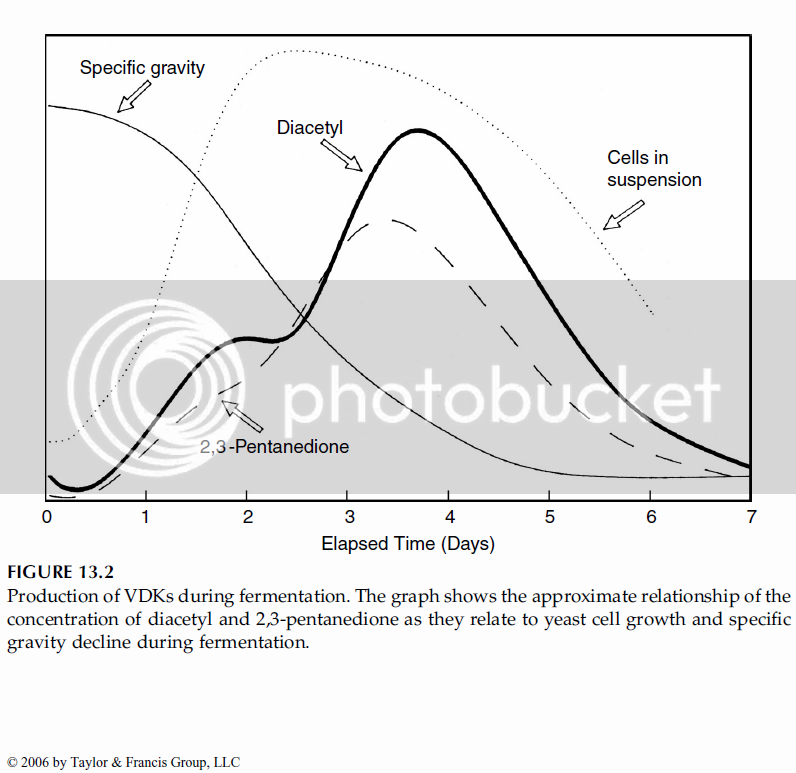drummer4gc
Active Member
hey everyone,
i've brewed maybe 7 partial mash beers, and i'm just jumping into all grain. all of my beers have been tasty, and they have all had a period of about 2-3 weeks in bottles (after 3 weeks in a fermenter) where they tasted green before they started tasting good. most people say this is typical. however, i have been reading the forum a lot and come across people that are fermenting their beers in 10-14 days, force carbing for 3-5 days, and then drinking their beer.
my questions is, how is this beer not green? can you reduce the "greenness" in a beer with better brewing/fermenting technique? i haven't experimented with making yeast starters yet, and i'm wondering if this would help.
any ideas about ways that i can improve my skills and technique to pump out better tasting beer in a shorter time would be much appreciated. i am especially interested in improving this for my IPAs, since I want the hops to taste as fresh as possible without any of that greenness. thanks!
i've brewed maybe 7 partial mash beers, and i'm just jumping into all grain. all of my beers have been tasty, and they have all had a period of about 2-3 weeks in bottles (after 3 weeks in a fermenter) where they tasted green before they started tasting good. most people say this is typical. however, i have been reading the forum a lot and come across people that are fermenting their beers in 10-14 days, force carbing for 3-5 days, and then drinking their beer.
my questions is, how is this beer not green? can you reduce the "greenness" in a beer with better brewing/fermenting technique? i haven't experimented with making yeast starters yet, and i'm wondering if this would help.
any ideas about ways that i can improve my skills and technique to pump out better tasting beer in a shorter time would be much appreciated. i am especially interested in improving this for my IPAs, since I want the hops to taste as fresh as possible without any of that greenness. thanks!



